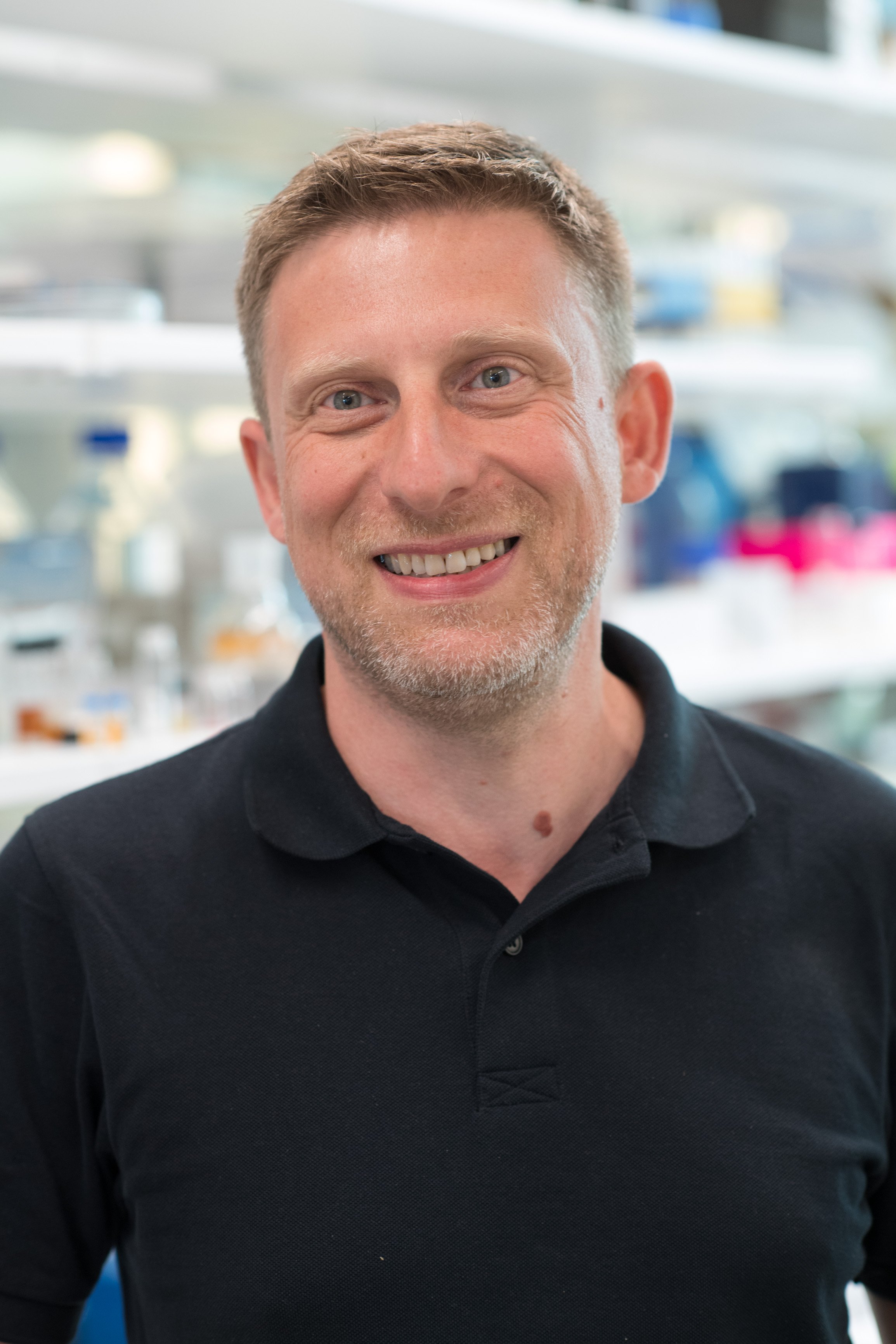New core facility for genome engineering
With the start of 2019, the Karolinska Genome Engineering facility (KGE) has opened its doors as a core facility for researchers from both within and outside of Karolinska Institutet and Karolinska University Hospital. The facility, led by Bernhard Schmierer, is located in Biomedicum 9B at the Department of Medical Biochemistry and Biophysics, and provides various gene editing services in cells.
What kind of services do you provide exactly? What makes KGE different from the already existing High Throughput Genome Engineering facility that you run at SciLifeLab?

Bernhard Schmierer: 'KGE offers a CRISPR/Cas9 based gene editing workflow from strategy design to quantification of the edited allele in a pool of cells. We strive to create any desired gene edit – gene knock-outs, gene knock-ins, deletions, insertions, point mutations, etc. In addition, we use CRISPR-inhibition or CRISPR-activation to create cell lines with stable or inducible down- or upregulation of any gene (protein-coding or non-coding RNAs). In collaboration with the Karolinska Center for Transgene Technologies (KCTT), KGE also designs strategies and reagents for CRISPR gene targeting in mouse models.'
Why would researchers use the KGE facility specifically for their research?
'Gene editing with CRISPR/Cas technology has rapidly become state-of-the-art, but in many cases is not quite as straightforward as advertised. We have many years of experience with the technology, and outsourcing a gene editing project to KGE is the most cost- and time effective way to obtain your cell line. Application examples include creation of reporter cell lines, of disease relevant cellular model systems, of isogenic cell lines, as well as the validation of hits from genetic screens or small molecule screens.'
What do you think is the potential of gene editing for the future?
'In basic research, editing endogenous loci will more and more replace the currently used artificial systems such as exogenous promoters or random integration of transgenes, and will become a standard requirement for publication in high impact journals.'
